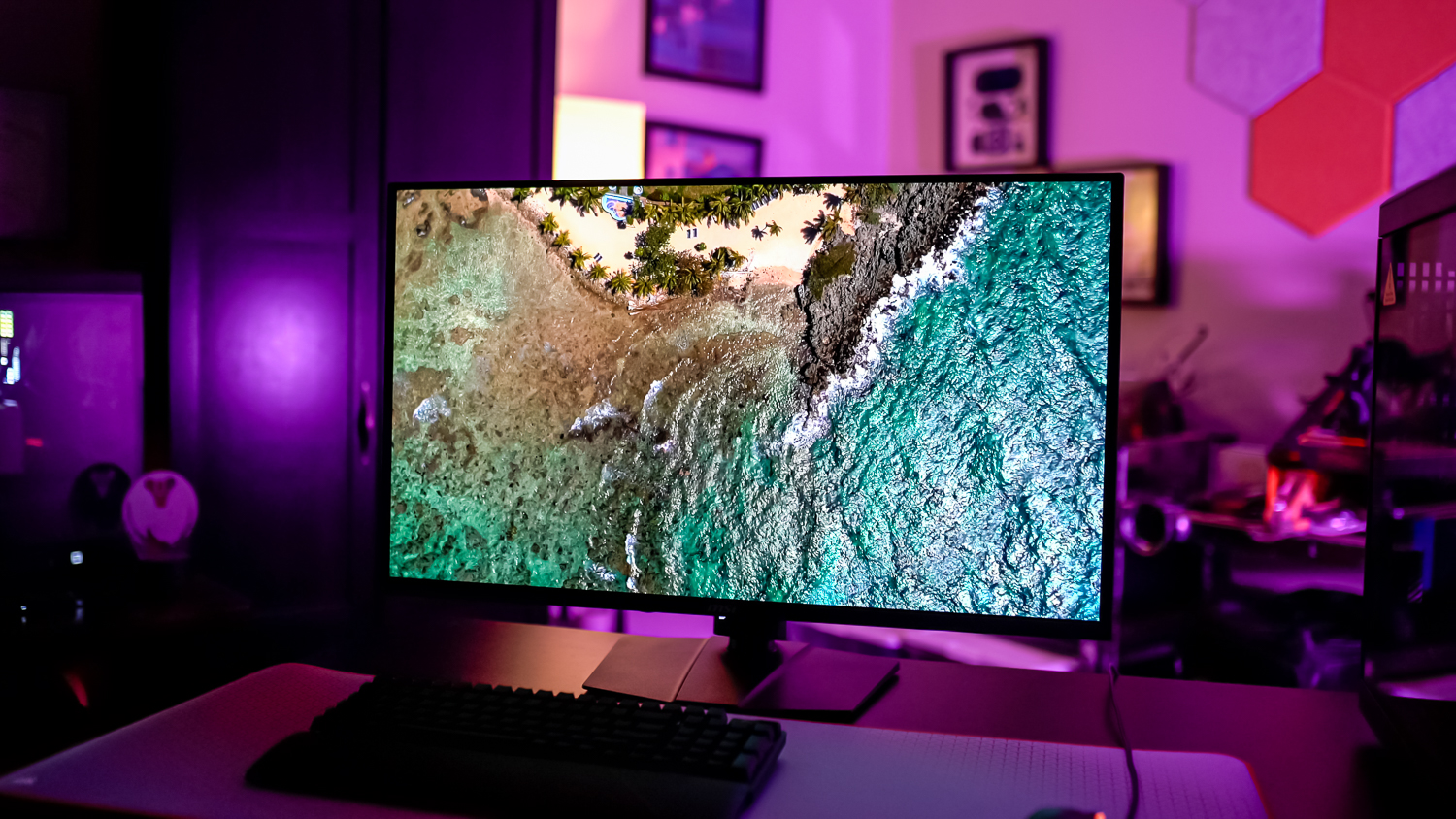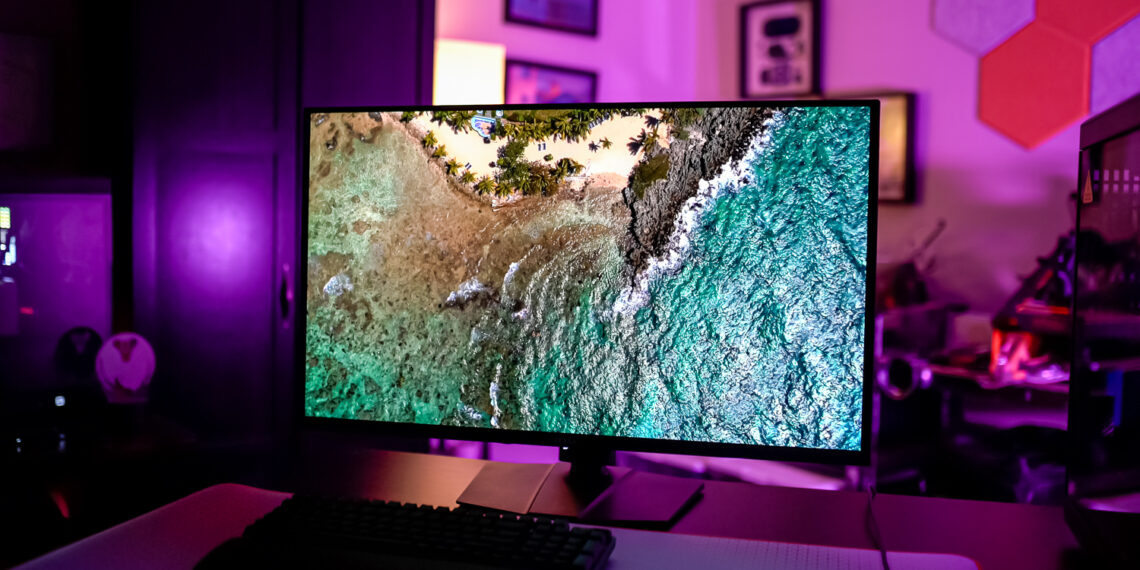If you have invested in one of the top OLED monitors, you're likely aware of their exceptional color vibrancy and contrast. However, these monitors come with a notable downside: burn-in problems. Manufacturers recognize this issue, and many are working to find solutions. MSI has already implemented some protective measures, and with their latest firmware update, they aim to make the process of safeguarding your monitor even easier.
What is OLED burn-in?
Burn-in is a problem that results in permanent discoloration or ghosting on certain OLED displays when static images remain on-screen for prolonged periods. This often includes elements like logos, gaming HUDs, or news tickers—essentially anything that is displayed consistently over time. Running your monitor at its maximum brightness can worsen burn-in, as it leads to uneven wear on the organic compounds responsible for generating light in OLED screens.
Fortunately, contemporary OLED technology has made significant strides in reducing the risk of burn-in, though it can still occur and is quite annoying to deal with. You may notice a faint lingering shadow of a previously displayed static image, which remains visible regardless of the content currently being shown.
When burn-in occurs, it is typically irreversible. This is why companies like MSI are proactive in employing strategies to prevent it from arising in the first place—no one wants their gaming monitor marred by lasting ghosting imagery.
How does MSI’s new update help prevent burn-in?

MSI has implemented a strategy called MSI OLED Care, a suite of features designed to extend the life of OLED displays and prevent burn-in. While MSI monitors generally come with a three-year warranty, utilizing these protective technologies is crucial to maintaining that warranty.
One key feature within OLED Care 2.0 is Panel Protect, which refreshes each pixel to ensure consistent display quality and mitigate the risk of ghosting. This process, however, can disrupt gameplay if it occurs during an intense gaming session. Previously, the refresh happened every 16 hours—while not too common, it could still be poorly timed.
MSI has acknowledged user feedback and is extending the refresh interval to once every 24 hours. If your monitor is used for over four hours, the system will prompt you to perform a Pixel Refresh. You can postpone this notification a few times, but overdoing it could result in the refresh happening regardless of your preference. Fortunately, it will now be scheduled for 24 hours instead of 16, which should be a relief for avid gamers who tend to leave their systems running for extended periods.
The only way to access this update is to download the new firmware. If you're satisfied with the current 16-hour refresh cycle and it's working for you, feel free to skip it. However, for those who appreciate extended operational intervals, waiting an extra eight hours may be beneficial. MSI has also released an update for their Claw handheld device, reflecting similar user-driven enhancements.

